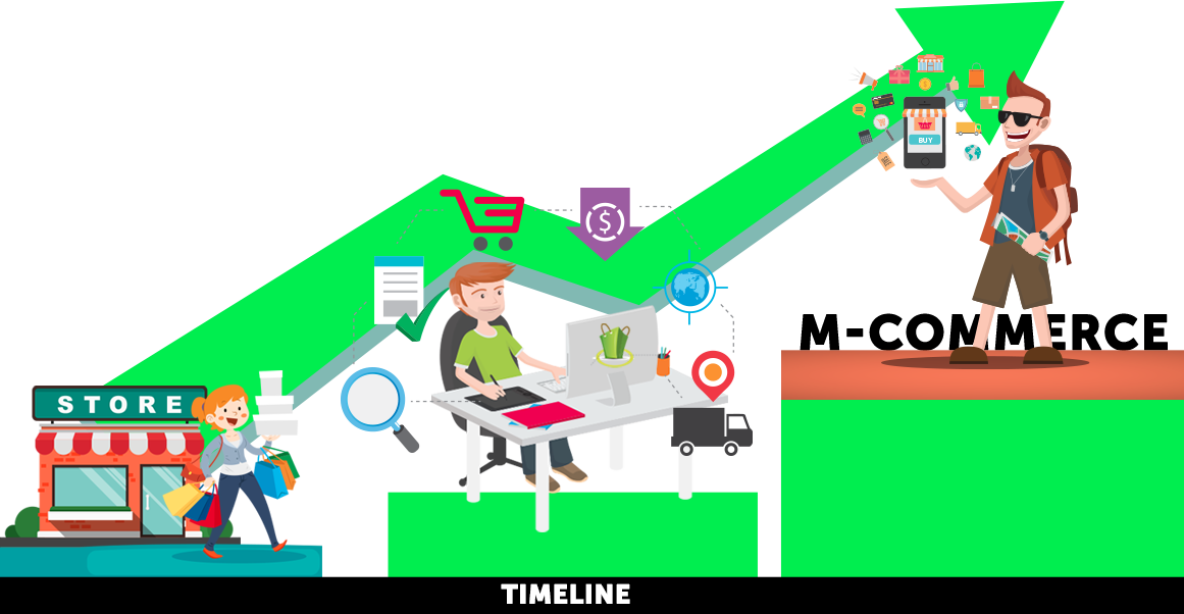
Technological advancements in recent decades have transformed our habits, creating a dependency on mobile devices and the Internet to make our lives more efficient in nearly every aspect. As we embrace digital tools to streamline processes in our work, we also increasingly rely on them in our personal lives.

The Rise of Mobile Commerce (m-Commerce)
E-commerce has become a central part of consumer behavior, and m-Commerce—buying goods and services through mobile devices—continues to grow as a subset of e-commerce. However, mobile commerce is not suited for every product category. It is particularly effective for purchasing digital goods, services, tickets, and other items that don’t require a physical experience. For products that involve tactile decision-making, such as clothing or home goods, consumers often rely on detailed images, videos, and other advertising tools to gain confidence in purchasing.
Some companies are hesitant to fully embrace m-Commerce due to these limitations, but mobile shopping remains valuable for industries that recognize today’s browser can easily become tomorrow’s buyer.
The Value of Convenience in m-Commerce

While m-Commerce may not replicate the in-store experience, the convenience of making purchases on the go—during a commute, lunch break, or even from the street—is a tremendous asset. Here are a few key points highlighting the importance of mobile commerce:
- m-Commerce Growth: Mobile commerce is projected to represent an even larger share of online shopping.
- Relationship to E-commerce: Referring to m-Commerce as separate from e-commerce is inaccurate; it is a subset within the larger scope of electronic commerce. A change in website design, such as using responsive CSS, does not create a new shopping category but simply enhances the e-commerce experience.
- Responsive Design Impact: Many websites see a sales boost when optimized for mobile, but not all industries require "shopping on the go." Some sectors benefit less from mobile convenience, depending on their target market.
- Consumer Trust and Security: Security concerns remain a barrier for some hesitant consumers, much as they did in the early days of online shopping. However, most people find the convenience of mobile shopping worth the minor perceived risk.
- Boosting Conversion Rates: Enabling mobile shopping can be a powerful way to improve conversion rates. Other strategies include translating the website for a broader audience, providing detailed product information, and showcasing positive reviews.
In conclusion, the convenience and accessibility of m-Commerce present a valuable opportunity for e-commerce businesses. I encourage you to promote your offerings and provide consumers with the ease of buying on the move!

